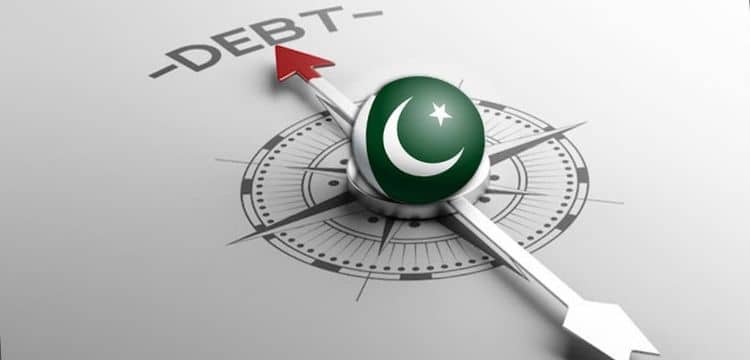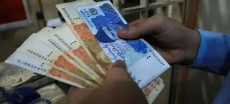[vc_row][vc_column][vc_column_text dp_text_size=”size-4″]In the initial three months and ten days of the current fiscal year, spanning from July 1 to November 10, the federal government borrowed over Rs3.244 trillion from commercial banks.
This marks a substantial increase compared to the corresponding period in the previous fiscal year when the government’s borrowings from banks amounted to just Rs827 billion, a quarter of the current borrowing levels.
What adds to the concern is that this fourfold surge in government borrowings from banks has transpired despite exceeding the target for tax revenue generation in July-October, which stood at Rs2.68 trillion. It is evident that our fiscal sector is under significant strain.
Also Read: 50% Pakistani Considers Nawaz Sharif The Hope For Country’s Economy
In the preceding fiscal year concluding in June, the federal government’s borrowings from banks reached Rs3.72 trillion, up from Rs3.45 trillion a year earlier.
The escalating trend in government borrowings persists, notwithstanding robust tax collections, primarily due to the mounting costs associated with servicing domestic and external debt, along with substantial expenditures on the remuneration and pensions of government employees.
Notably, there have been no substantial savings in day-to-day government operational expenses.
While the government has been exploring various avenues to tax previously untaxed sectors and introducing innovative taxes on various transactions, the real estate, agriculture, and certain industries under the influence of powerful entities remain undertaxed. This discrepancy has resulted in discontent among ordinary citizens and businesses alike.
The looming challenge is that the mounting debt today will inevitably raise the future costs of debt servicing, irrespective of the current or future political leadership.
Also Read: How Avocado can help boost Pakistan’s economy?
As the next general elections approach on February 8, it is apparent that the elected government will face formidable challenges in providing relief to the populace and businesses while simultaneously striving to augment tax revenue amidst the escalating costs of debt servicing.
Despite some positive economic indicators, such as a notable reduction in the current account deficit (CAD), it is imperative to recognize the potential drawbacks of the current economic performance.
The CAD decreased to $1.06 billion in the first four months of this fiscal year from $3.12 billion in the corresponding period last year, as per the latest statement from the State Bank of Pakistan (SBP).
While this decline in the CAD is commendable, it is primarily attributed to an unprecedented reduction in imports, a trend that may not be sustainable. There remains a possibility of the CAD expanding once imports resume growth, contingent upon the pace of growth in exports of goods and services and remittances.
In the first four months of this fiscal year, exports of goods and services showed marginal increases, while remittances experienced a decline.[/vc_column_text][/vc_column][/vc_row]











